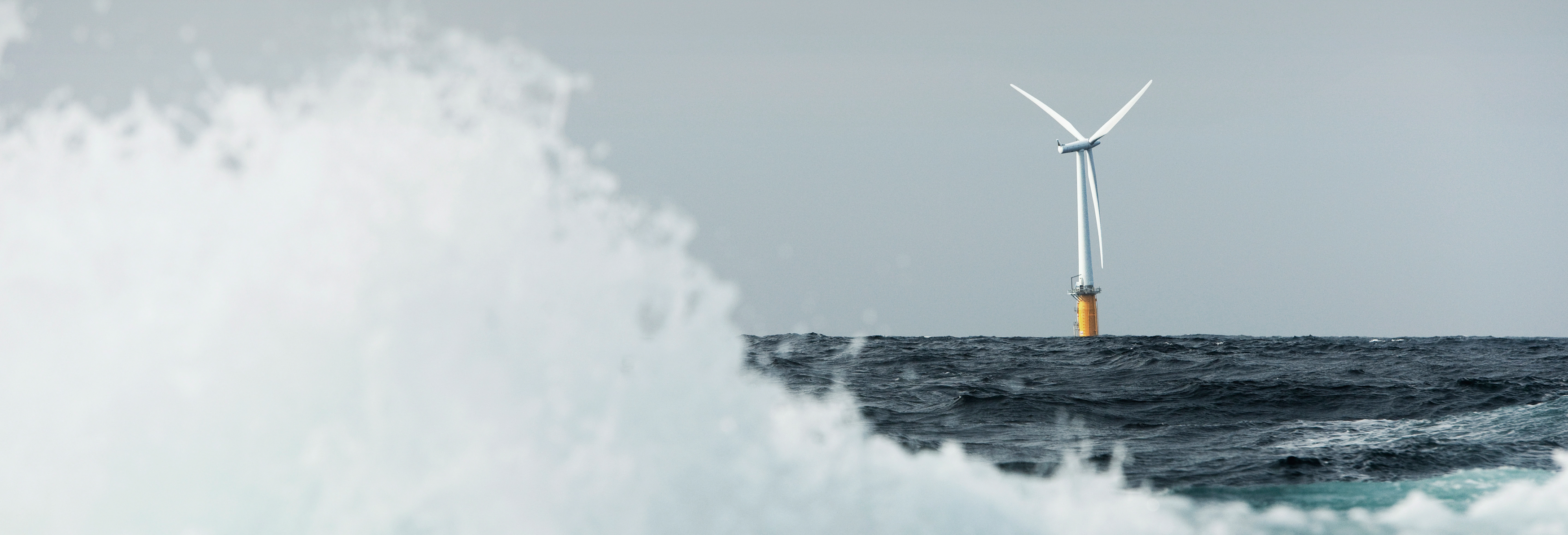
Equinor along with Masdar announced they have installed Batwind, an onshore battery system that will capture electricity produced by the world’s first floating offshore wind farm. Equinor photo.
Batwind will allow energy produced from an offshore wind farm to be stored in 1 MW batteries
Equinor along with its partner Abu Dhabi-based Masdar, announced on Tuesday that they have installed the first battery, known as Batwind, for the offshore wind industry.
Electricity produced at the world’s first floating offshore wind farm Hywind Scotland, located 25 Kilometres off the coast of Peterhead, will be transported via cables to an onshore substation where the 1 MW batteries are placed and connected to the grid.
Batwind is fully financed by Hywind Scotland partners, Equinor and Masdar and is a first step towards a scalable, global renewables energy storage system.
The battery capacity of the system is the equivalent of more than 128,000 iPhones.
Energy storage technologies like batteries and other ways of storing electricity, is expected to become increasingly important to secure grid stability as wind is not a constant.
“The variability of renewable energy can to a certain extent be managed by the grid. But to make renewable energy more competitive and integrate even more renewables to the grid, we will need to find new, smart solutions for energy storage to provide firm power”, says Sebastian Bringsvaerd, Development Manager for Hywind and Batwind.
“How to do this in a smart and value creating way is what we are aiming to learn from Batwind.”
According to a recent report by the International Renewable Energy Agency (IRENA), the installed costs of battery storage systems could fall by two-thirds by 2030.
The Batwind storage solution works, in many respects, like an energy warehouse.
Equinor and Masdar will test where to build the warehouse; how big it should be and how to run the logistics.
“While there are many energy storage products and solutions in the market, the battery software solutions are less developed,” says Bringsvaerd.
“We want to teach the battery when to hold back and store electricity, and when send power to the grid, thus increasing value of the power. It will be really exciting to see how we can develop the combined battery and software solution and make Batwind as smart as possible.”
The brainwork is in the algorithms, which Equinor and Masdar are developing, based on multiple data sources including weather forecasts, market prices, maintenance schedules, consumption patterns and grid services.
According to Bringsvaerd, digitalisation is a key driver and the more Batwind’s power management system is fed with data, the smarter it gets.
Batwind can be utilized for other renewable energy sources including solar and onshore wind. Bringsvaerd says this will expand the market for all renewable energy sources.
“The value in storage is not necessarily in the amount of energy you can store, but how you optimize, control and offer smarter energy solutions. By developing Batwind we get real time data, commercial experience and technical verification”, says Bringsvaerd.


Be the first to comment